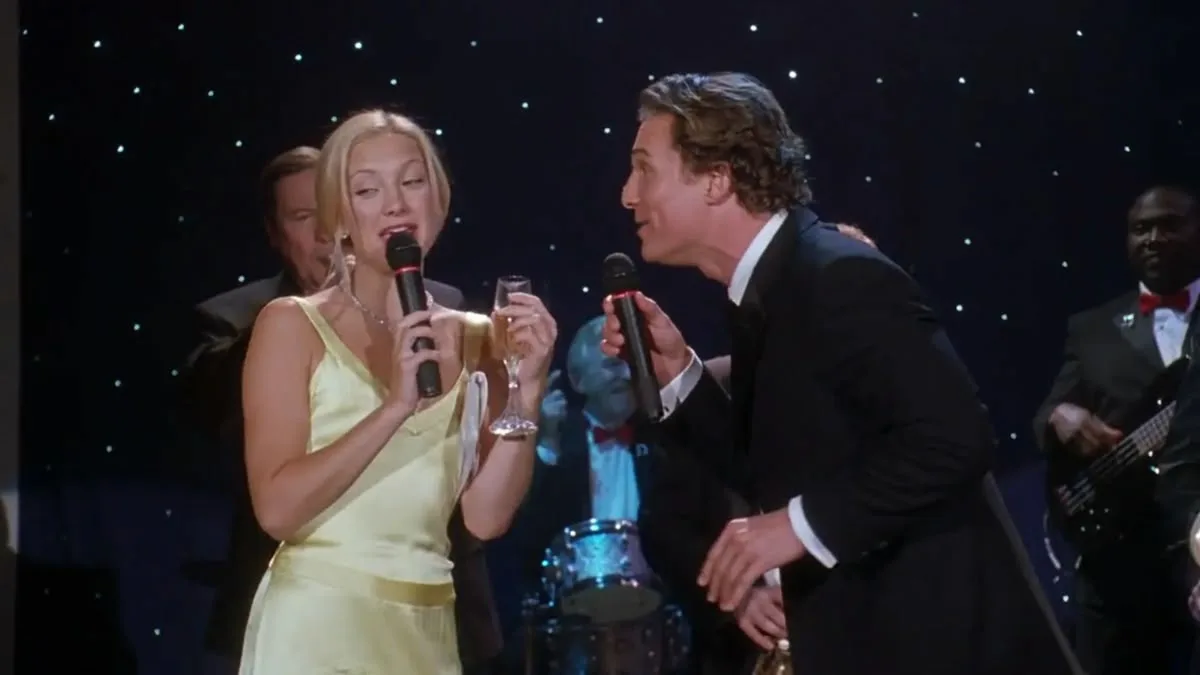Romance movies in the 2000s were defined by charming clichés, grand Timeless love stories from the 2000s gestures, and heartwarming predictability. These tropes shaped the way audiences viewed love stories, creating unforgettable cinematic moments. However, as storytelling evolved, so did these familiar elements. Today’s romance films still nod to the classics but often reimagine them with greater realism, inclusivity, and emotional depth.
Meet-Cutes Then and Now
In the 2000s, meet-cutes often happened through clumsy accidents like spilled drinks, bookstore run-ins, or awkward misunderstandings. Modern love stories still use this trope, but they now reflect contemporary life, incorporating digital encounters, dating apps, or even chance online interactions. The essence of unexpected connection remains, but the setting has changed.
The Shift in Grand Gestures
Back then, grand gestures meant running through airports, standing outside windows with music, or dramatic rain-soaked confessions. While these moments still appear, today’s films often favor subtler, more personal expressions of love—quiet sacrifices, heartfelt conversations, or acts of everyday kindness. This shift makes romance feel more grounded and relatable.
Makeovers and Self-Discovery
The 2000s made makeover scenes iconic, often equating new looks with newfound confidence and romantic attention. Modern films, however, place emphasis on inner transformation. Characters are celebrated for embracing authenticity rather than conforming to external beauty standards, shifting the focus from appearance to identity and growth.
Love Triangles with Nuance
Love triangles in the 2000s were usually straightforward, with clear “right” and “wrong” choices. Today, they are written with more depth, allowing each character to have valid perspectives. This evolution highlights the complexity of modern relationships and moves beyond simple binaries of who deserves love.
Side Characters in the Spotlight
In earlier films, quirky best friends were mainly there for comic relief and sage advice. Modern romance movies often expand these roles, giving side characters their own arcs, independence, and sometimes even spinoff-worthy stories. This change reflects a broader trend toward diverse and layered storytelling.
Endings with Complexity
Happy endings were the standard in the 2000s, offering viewers comforting closure. Contemporary romances, however, sometimes lean into bittersweet or open-ended conclusions, reflecting the reality that not every story ties up neatly. This evolution makes love stories more varied and emotionally resonant.
FAQ
How have romance movie tropes changed since the 2000s?
They have shifted from exaggerated, predictable clichés to more nuanced, realistic portrayals of love and relationships.
Why do modern romance films often avoid traditional happy endings?
Because they aim to reflect the complexities of real life, where not all relationships resolve in neat or idealized ways.
Are 2000s romance tropes still relevant today?
Yes, many remain influential, but they are often reimagined to align with contemporary culture and storytelling values. read more here yeema movies
